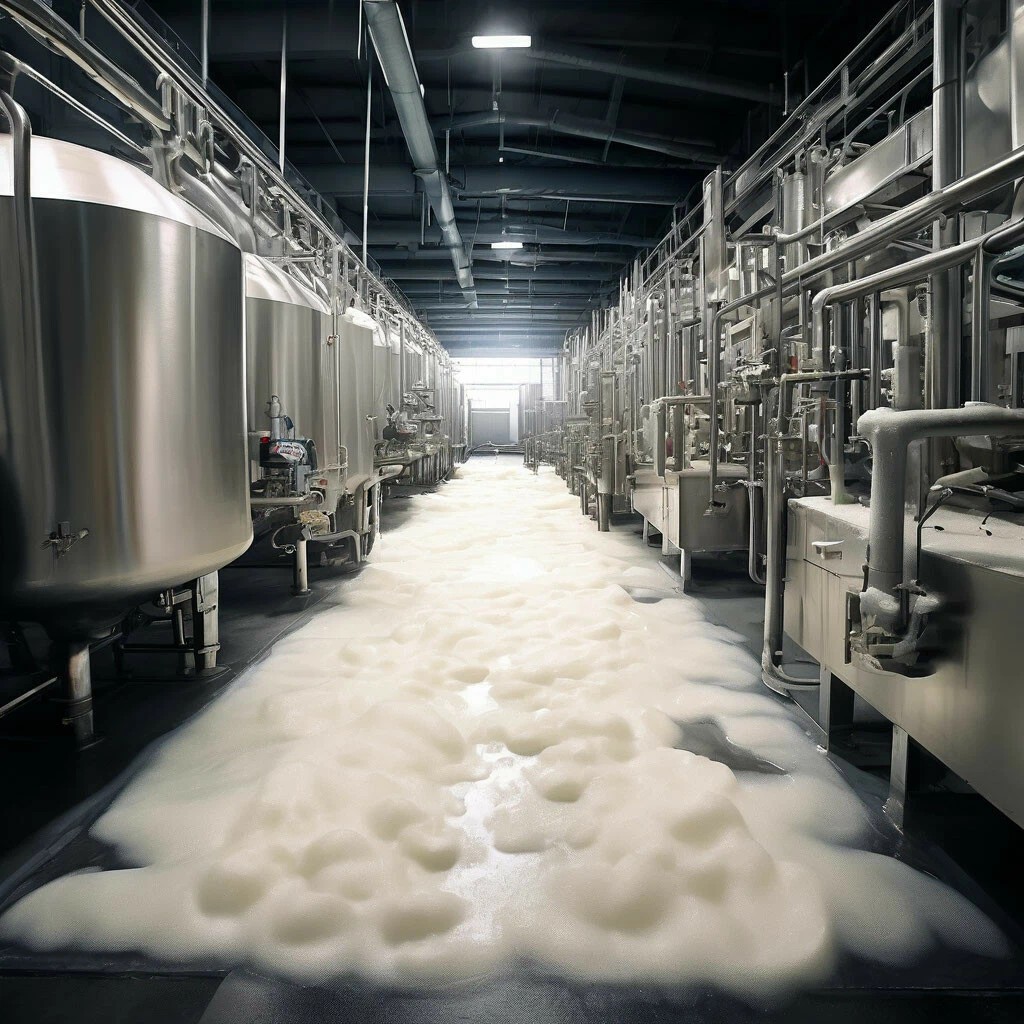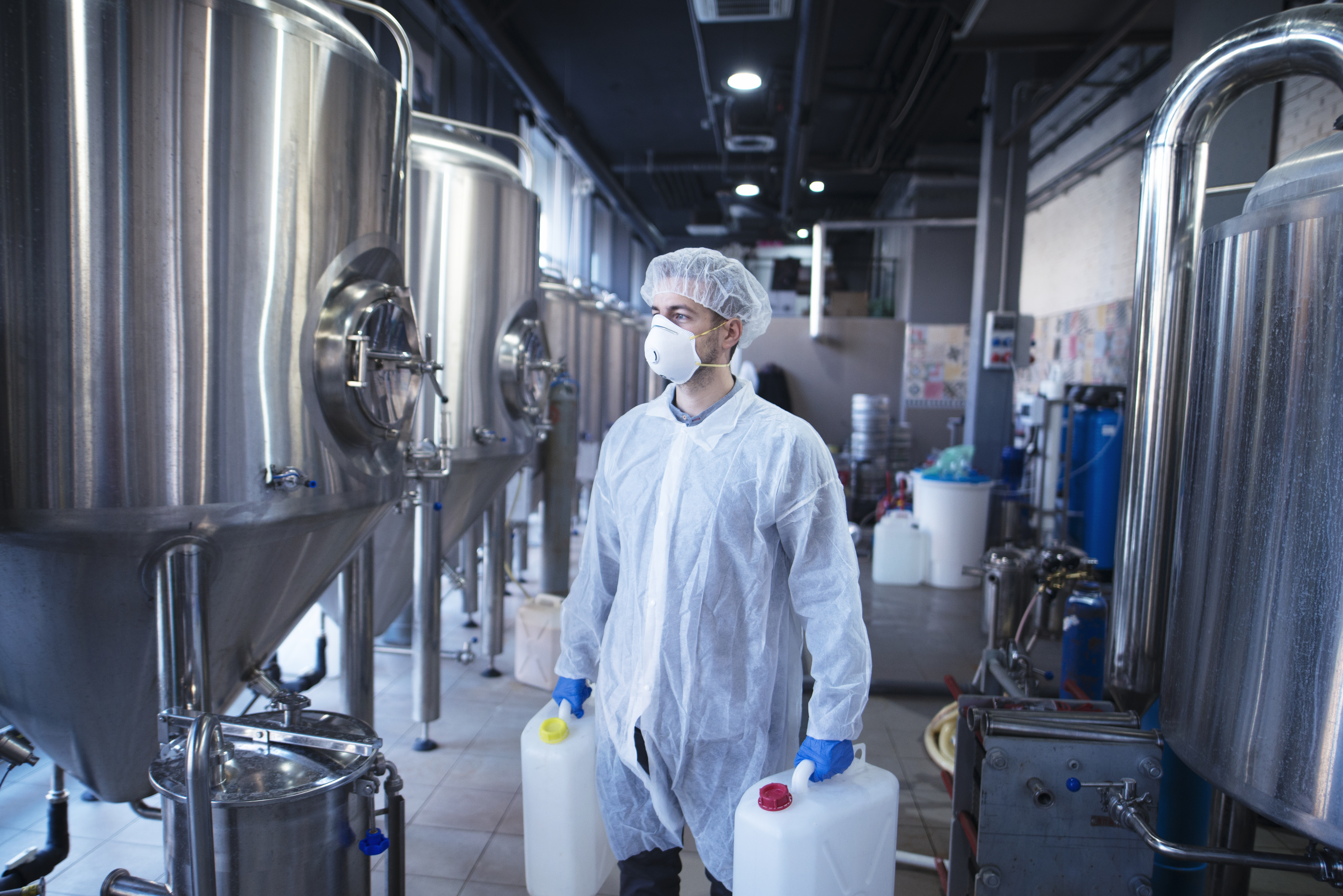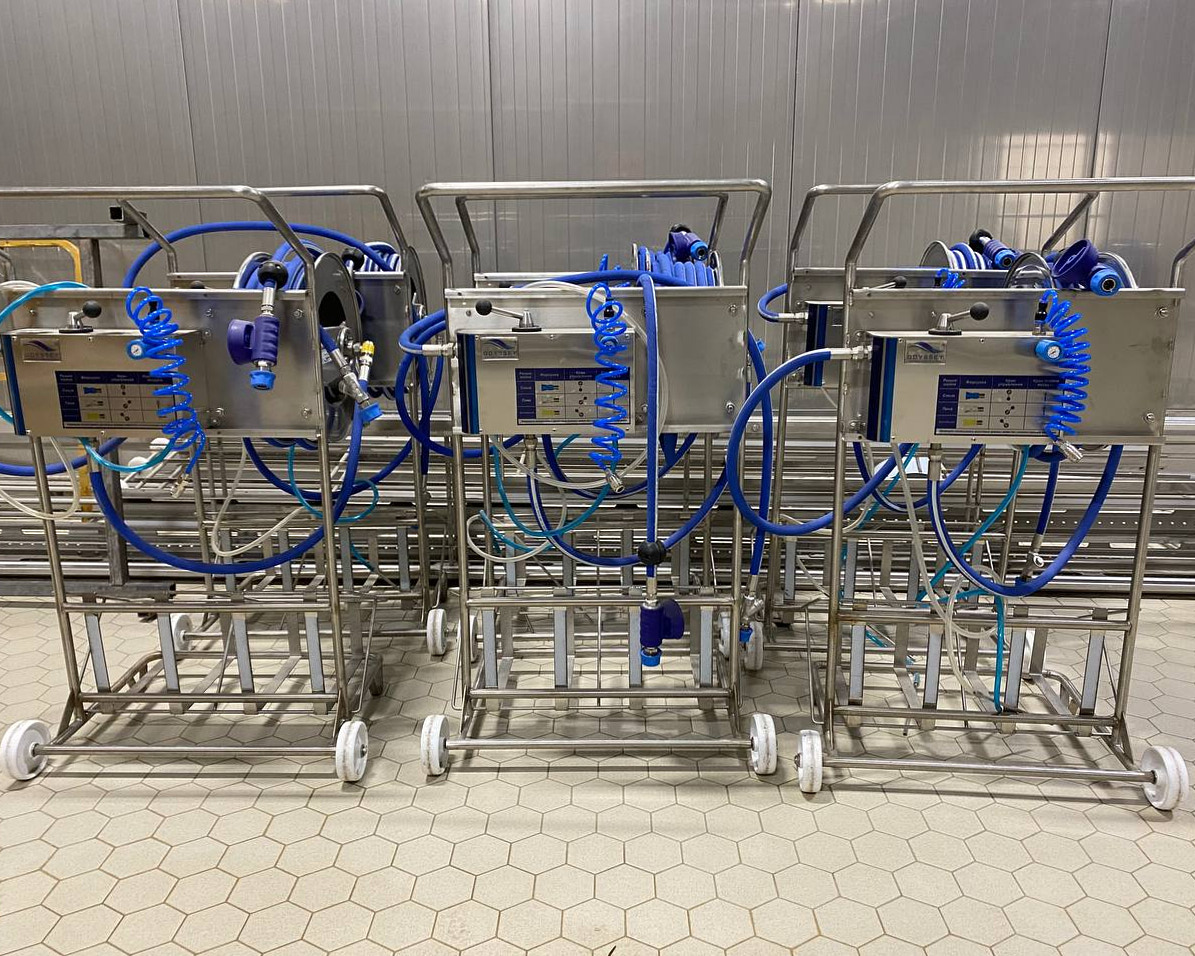Pros and cons of various detection methods
Optical microscopy has its pros and cons. Among its advantages are ease of use, relatively low cost and the ability to quickly visually analyze. However, it also has disadvantages, such as low resolution compared to other methods and the need for an experienced operator to interpret the results.
Electron microscopy has advantages such as high resolution and the possibility of a detailed study of the ultrastructure of bio-films. However, its disadvantages include the high cost of equipment, long sample preparation time and the need for highly qualified personnel.
Fluorescence microscopy has advantages such as high sensitivity and the ability to visualize specific microorganisms. However, its disadvantages include the need to use special dyes and the possible photobleaching of the samples.
Confocal laser scanning microscopy (CLSM) has advantages such as three-dimensional imaging, high resolution and the ability to study the structure of bio-films in situ. However, its disadvantages include the high cost of equipment and the complexity of use.
Polymerase chain reaction (PCR) has advantages such as high accuracy and specificity, as well as the possibility of quantitative analysis. However, its disadvantages include the high cost of reagents and equipment and the need for highly qualified personnel.
Bioluminescent methods have advantages such as the speed of analysis, the possibility of automation and high sensitivity. However, their disadvantages include dependence on the metabolic activity of microorganisms and the need to use special labels.
Biosensors have advantages such as high sensitivity and specificity, as well as the possibility of real-time monitoring. However, their disadvantages include the high cost and the need to develop specific sensors for each type of microorganisms.
Enzyme immunoassay (ELISA) has advantages such as high specificity and the possibility of quantitative analysis. However, its disadvantages include dependence on the quality of antibodies and possible false positive results.
Each of these methods has its advantages and disadvantages, and the choice of an appropriate method depends on the specific conditions and requirements of production. An effective combination of different methods can ensure the most accurate and timely detection of bio-films on production lines, which will allow timely measures to be taken to remove and prevent them.


